LAB launches composite scrubber in bid to meet challenge of lifecycle costs
Scrubber is said to be corrosion-resistant; durable; lightweight; bunker-saving; and easier to install, maintain and recycle.
France-headquartered LAB, a specialist in flue gas treatment and desulphurisation, and part of the CNIM Group, has challenged the shipping industry to consider lifecycle costs - including the cost of repairs, maintenance, and shipyard time - as part of the analysis when selecting exhaust gas cleaning, or scrubber, technology.
While the majority of scrubbers in use today are constructed from high-end alloys, LAB points out there have been industry reports of corrosion on some marine scrubber units.
Thus, as an alternative to its range of alloy units, and in a move designed to remove the risk of corrosion, LAB says it has "pushed the boundaries of flue gas treatment" by developing its DeepBlueLAB SOx composite scrubber - available in open, closed or hybrid format.
LAB's composite units - which over the past three years have undergone thousands of hours of operational service onboard Brittany Ferries' MS Mont Saint-Michel - are said to have corrosion-resistant properties that make them a robust and durable long-term solution, thus avoiding the potential for unscheduled repair and downtime, together with associated yard costs and the loss of commercial opportunities while the vessel is out of service.
As well as removing the risk of corrosion, LAB's DeepBlueLAB SOx composite units can be located on deck or around the funnel area, making them easier to install and maintain.
Moreover, all engines and the vessel's boiler can be linked to one scrubber unit, meaning there is less complex piping for installation.
The composite material is said to be 20-30 percent lighter than a similar version made from high-end alloys - reducing load at sea and lowering fuel consumption, while also allowing for more cost-effective and environmentally friendly recycling processes.
The DeepBlueLAB SOx scrubber is the only system in the market that can be manufactured in either composite or high-end alloys and available as an inline, offline or multi-streaming solution.
Whilst inline systems can only be fitted to one engine, LAB says its offline multi-streaming solutions offer greater flexibility as they ensure that the scrubber can treat multiple engines, including auxiliary engines and boilers.
Neil Anderson, Director of Marine Technologies, LAB, remarked: "With the prime focus understandably on the economics, and the potential financial advantage to be gained from continuing to burn less expensive heavy fuel oil (HFO) instead of the costlier, low-sulphur fuel, discussion around the practicalities of design and installation has been muted. However, for those considering scrubbers, it is important to understand the available options in terms of design and materials."
Anderson added: "While scrubbers do not represent a single solution for the whole of the merchant fleet, for many ship owners, operators and cargo owners it is a viable and commercially compelling option. While there is a tendency to look at scrubber technology as a one-off capital expenditure, it's essential that the whole life cycle costs are properly considered."
While the majority of scrubbers in use today are constructed from high-end alloys, LAB points out there have been industry reports of corrosion on some marine scrubber units.
Thus, as an alternative to its range of alloy units, and in a move designed to remove the risk of corrosion, LAB says it has "pushed the boundaries of flue gas treatment" by developing its DeepBlueLAB SOx composite scrubber - available in open, closed or hybrid format.
LAB's composite units - which over the past three years have undergone thousands of hours of operational service onboard Brittany Ferries' MS Mont Saint-Michel - are said to have corrosion-resistant properties that make them a robust and durable long-term solution, thus avoiding the potential for unscheduled repair and downtime, together with associated yard costs and the loss of commercial opportunities while the vessel is out of service.
As well as removing the risk of corrosion, LAB's DeepBlueLAB SOx composite units can be located on deck or around the funnel area, making them easier to install and maintain.
Moreover, all engines and the vessel's boiler can be linked to one scrubber unit, meaning there is less complex piping for installation.
The composite material is said to be 20-30 percent lighter than a similar version made from high-end alloys - reducing load at sea and lowering fuel consumption, while also allowing for more cost-effective and environmentally friendly recycling processes.
The DeepBlueLAB SOx scrubber is the only system in the market that can be manufactured in either composite or high-end alloys and available as an inline, offline or multi-streaming solution.
Whilst inline systems can only be fitted to one engine, LAB says its offline multi-streaming solutions offer greater flexibility as they ensure that the scrubber can treat multiple engines, including auxiliary engines and boilers.
Neil Anderson, Director of Marine Technologies, LAB, remarked: "With the prime focus understandably on the economics, and the potential financial advantage to be gained from continuing to burn less expensive heavy fuel oil (HFO) instead of the costlier, low-sulphur fuel, discussion around the practicalities of design and installation has been muted. However, for those considering scrubbers, it is important to understand the available options in terms of design and materials."
Anderson added: "While scrubbers do not represent a single solution for the whole of the merchant fleet, for many ship owners, operators and cargo owners it is a viable and commercially compelling option. While there is a tendency to look at scrubber technology as a one-off capital expenditure, it's essential that the whole life cycle costs are properly considered."
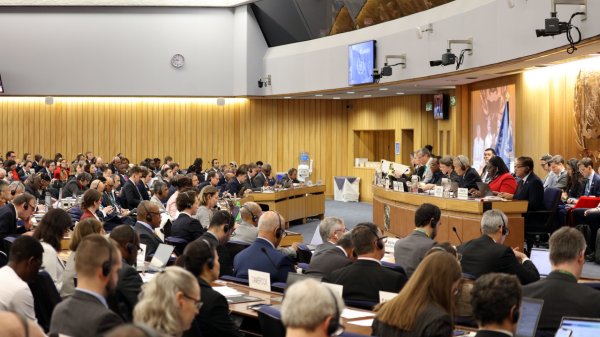
|
IMO approves pricing mechanism based on GHG intensity thresholds
Charges to be levied on ships that do not meet yearly GHG fuel intensity reduction targets. |
|
|
|
||
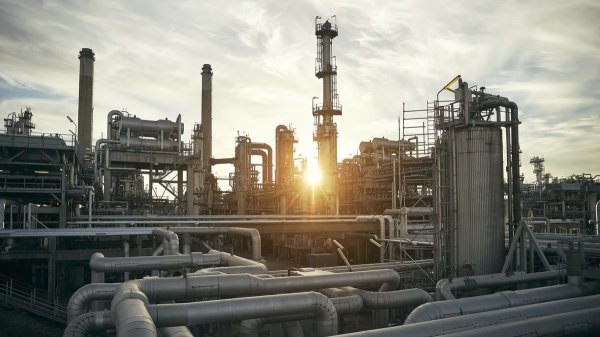
|
VARO Energy expands renewable portfolio with Preem acquisition
All-cash transaction expected to complete in the latter half of 2025. |
|
|
|
||
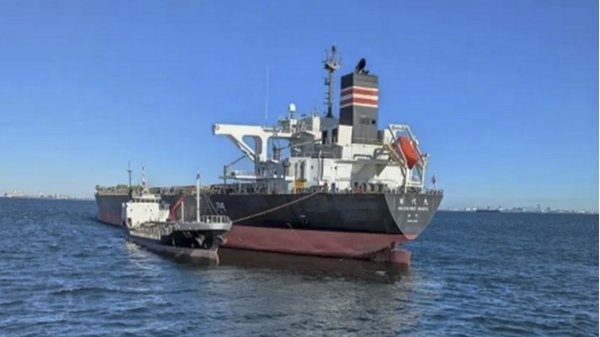
|
NYK trials biofuel in milestone coal carrier test
Vessel is used to test biofuel for domestic utility company. |
|
|
|
||
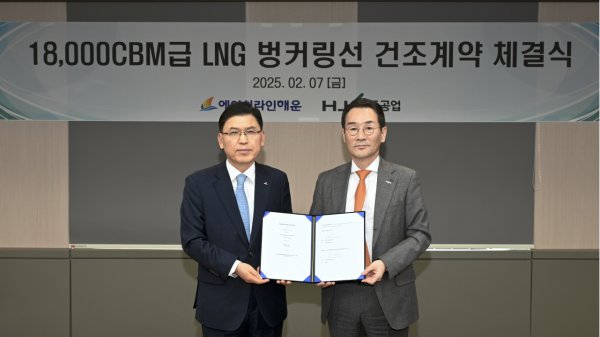
|
H-Line Shipping orders LNG bunkering vessel
Vessel with 18,000-cbm capacity to run on both LNG and MDO. |
|
|
|
||

|
How to engineer and manage green shipping fuels | Stanley George, VPS
Effective management strategies and insights for evolving fuel use. |
|
|
|
||
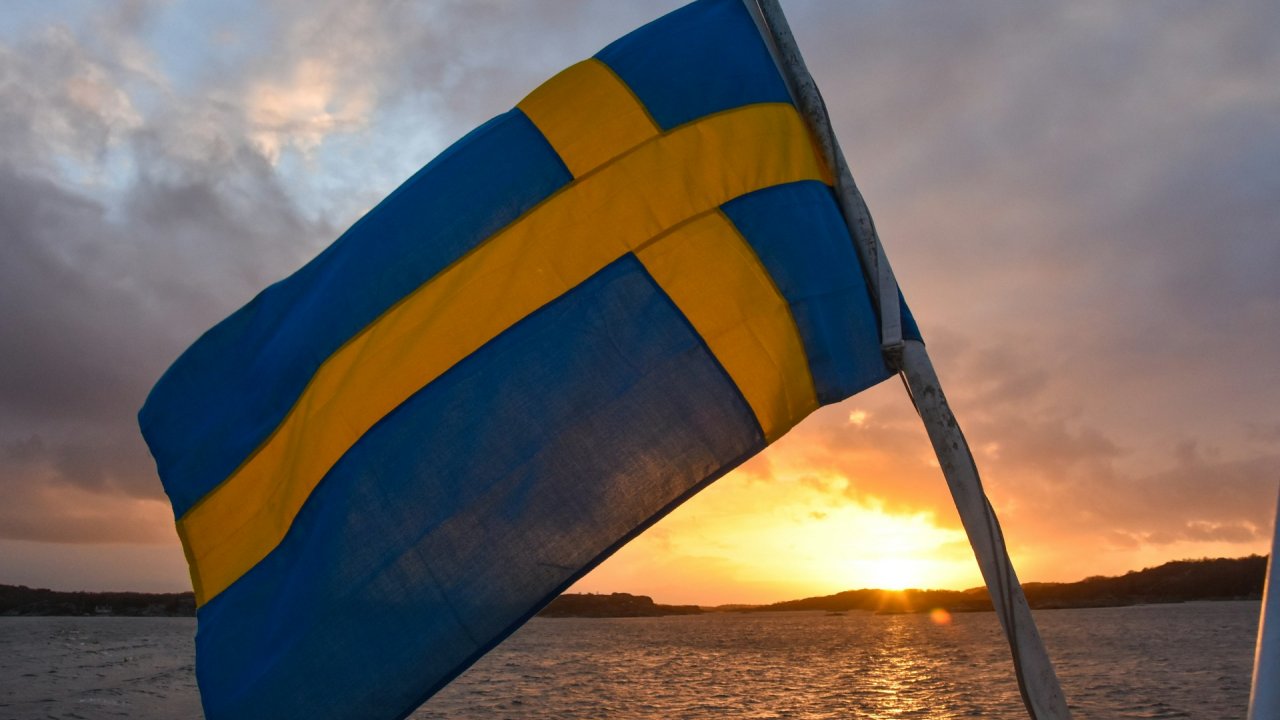
|
Swedish government bans scrubber wastewater discharges
Discharges from open-loop scrubbers to be prohibited in Swedish waters from July 2025. |
|
|
|
||
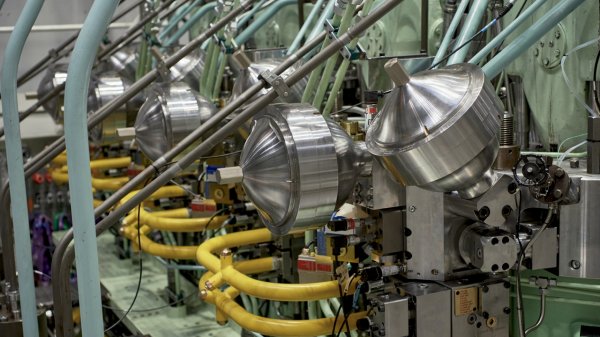
|
MAN Energy Solutions achieves 100% load milestone for ammonia engine
Latest tests validate fuel injection system throughout the entire load curve. |
|
|
|
||
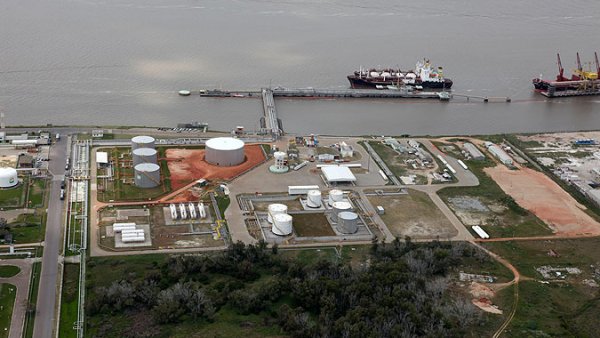
|
Petrobras secures ISCC EU RED certification for B24 biofuel blend at Rio Grande
Blend consisting of 24% FAME is said to have been rigorously tested to meet international standards. |
|
|
|
||
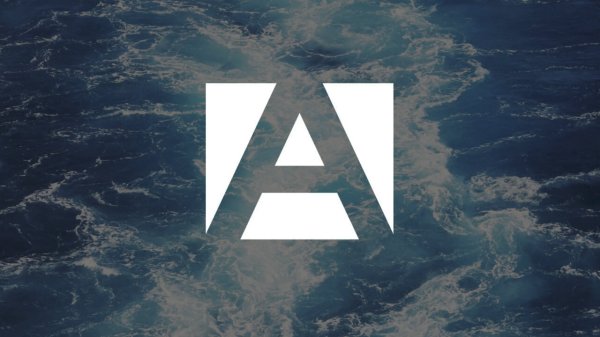
|
Stolt-Nielsen to fully control Avenir LNG with acquisition
Share purchase agreement to buy all shares from Golar LNG and Aequitas. |
|
|
|
||
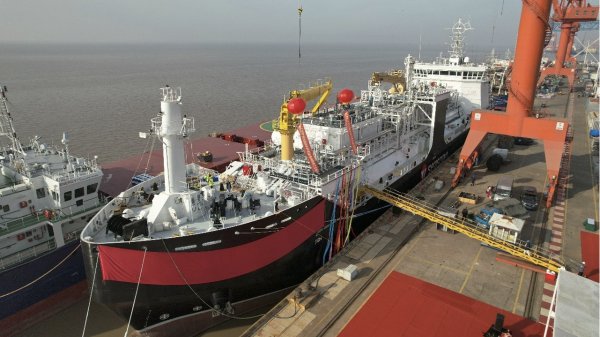
|
Bureau Veritas supports launch of CIMC SOE's LNG bunkering vessel
Handover of Seaspan Energy's cutting-edge 7,600-cbm vessel completed. |
|
|
|
||
Related Links
- · Fincantieri launches fuel-efficient cruise ship with scrubber [Insights]
- · Finnlines orders three hybrid ro-ro ships with scrubbers [Insights]
- · AIDA seals Kiel partnership for LNG, shore power and scrubbers [Insights]
- · Goltens partners with Yara Marine on SOx scrubbers [Insights]
- · Rivertrace launches wash water monitor for scrubbers [Insights]
- · France [Directory]

